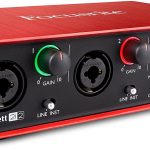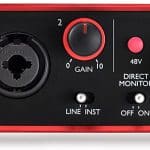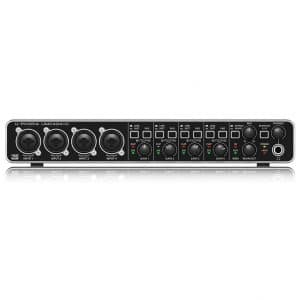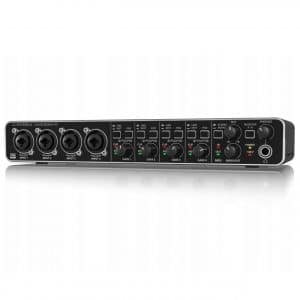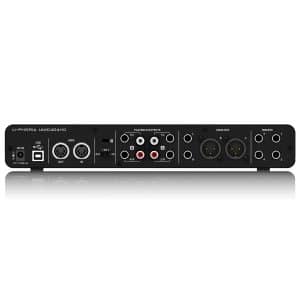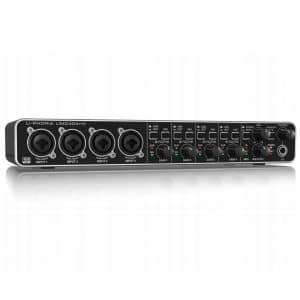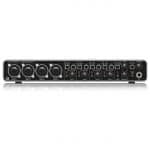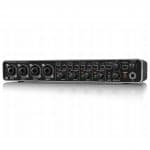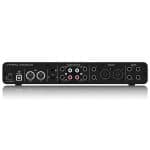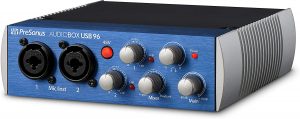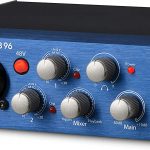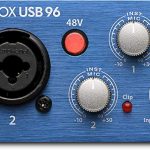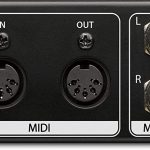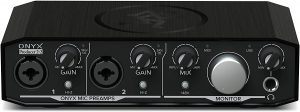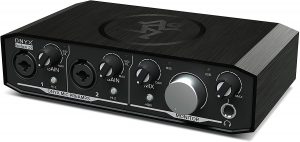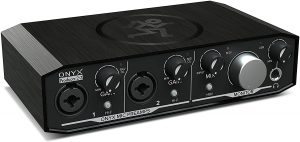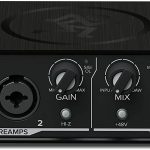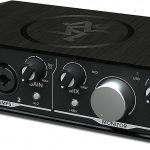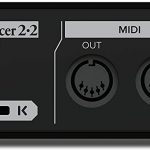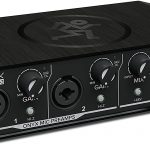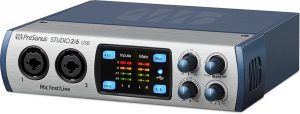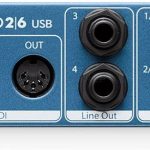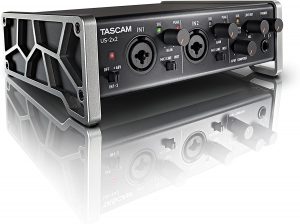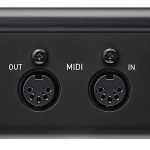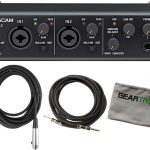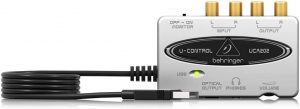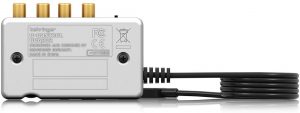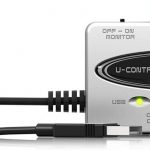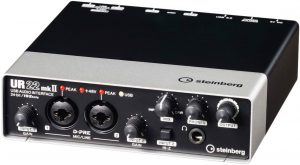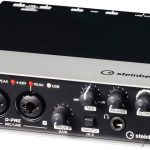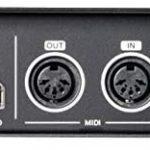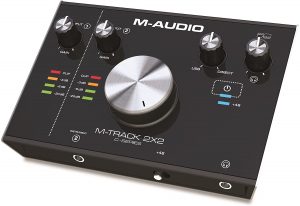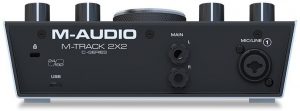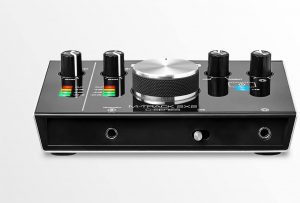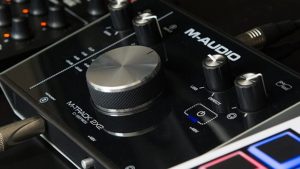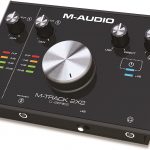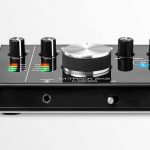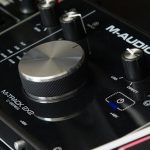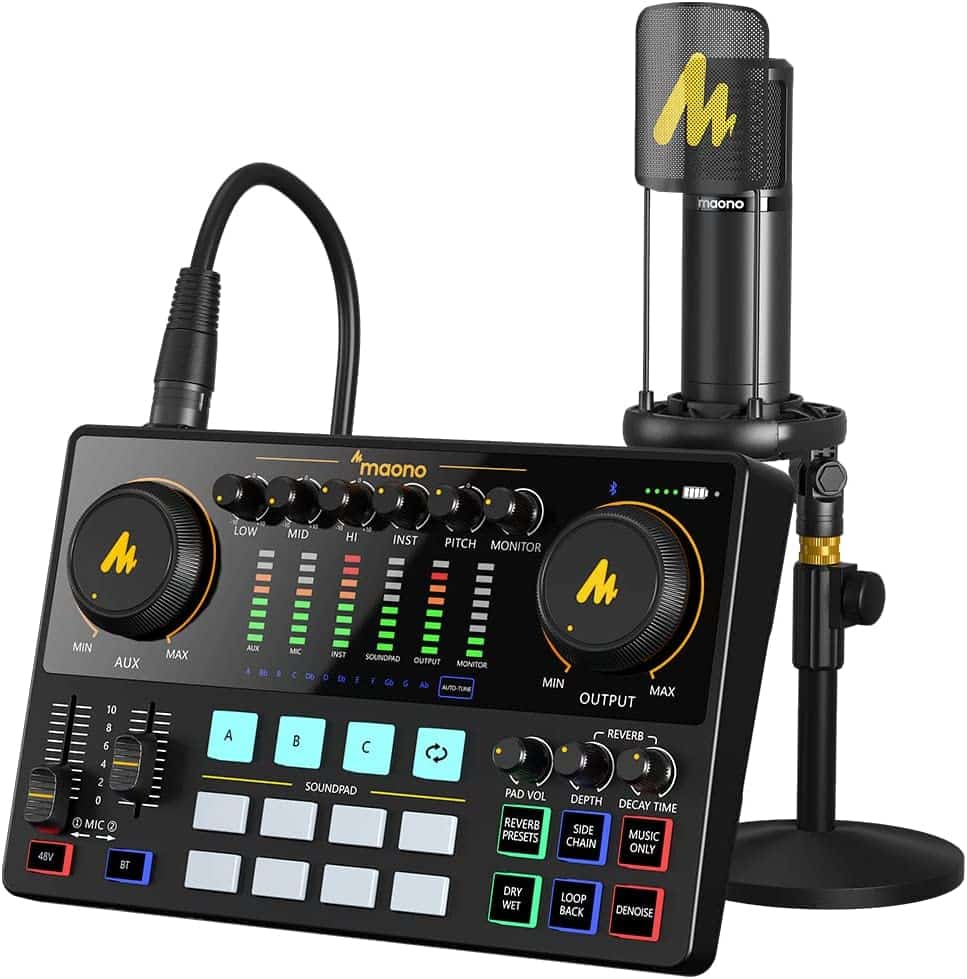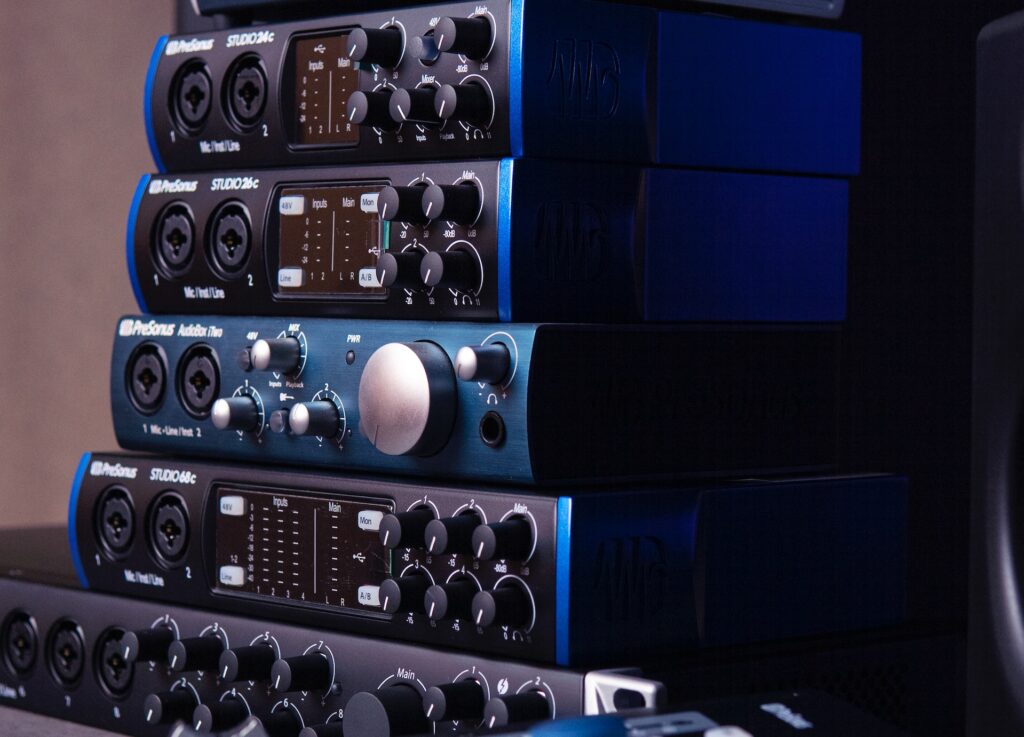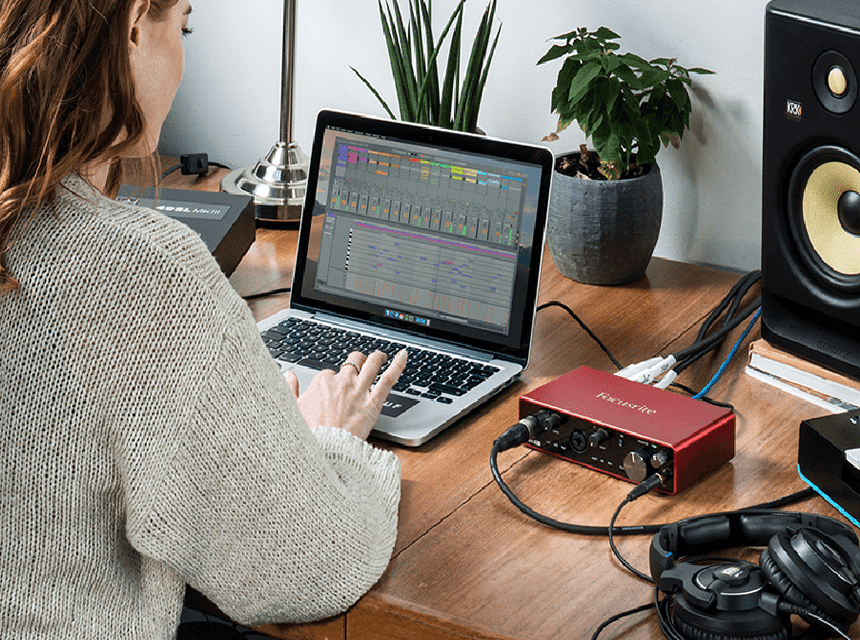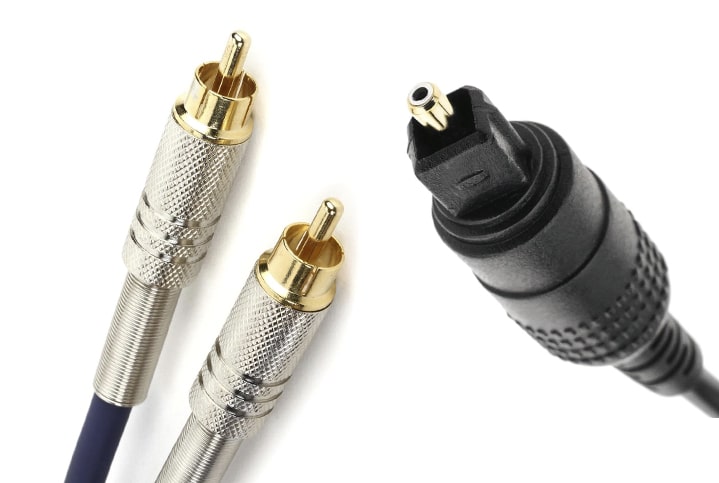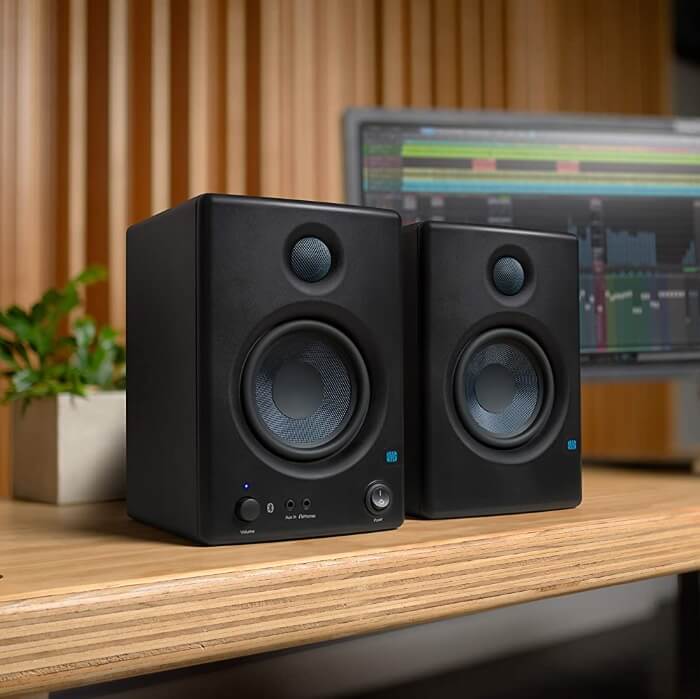What to expect from audio interfaces under $200
There are some benefits and common characteristics that most audio interfaces below 200 dollars have in common and differentiates them from others with a different price tag. They include:
Better connectivity
Interfaces within this price range offer a better selection of inputs and outputs. Most of them have a standard 2 inputs and 2 o 4 output options. Some even offer MIDI connection options which allow you to connect to MIDI keyboards.
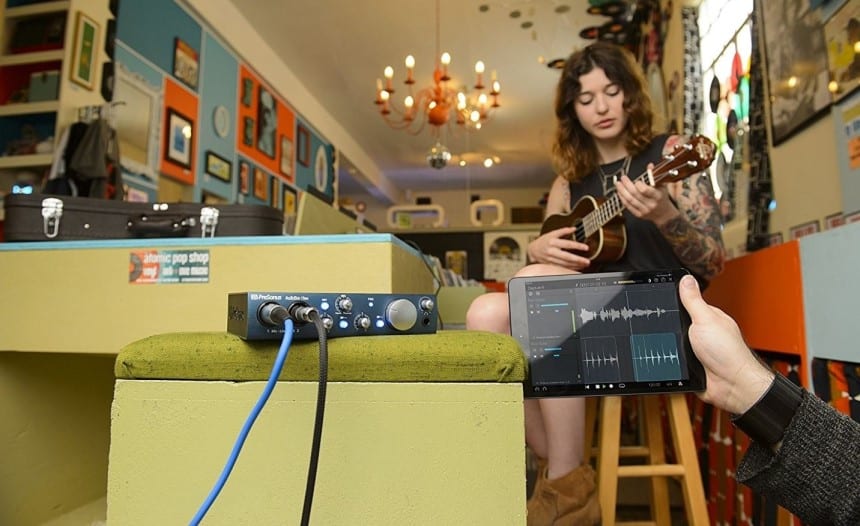
Better Preamps
The preamps found within the 200 dollar price bracket are much more comparable to those found in high-end and more expensive interfaces. They offer a higher level of sound quality and transparency.
Improved software support
On the 200 dollar mark, there is a decent selection of DAWs. Some models come with 2 DAWs. There is also more supporting content featuring several plug-ins, effects and other great things to help you improve your music.
Features to consider when buying an audio interface
Here are some of the features you must look out for before choosing an audio interface if you want to make the best buy:
Desktop vs rack-mounted model
This is pretty personal. You can get either depending on the space available in your home-studio or your intended use. If you intend to use the interface in your home studio, you can go for the rack-mounted models, and if you intend to make music on the go, then you buy the desktop model that you can easily place on any surface.
Inputs/outputs
Don’t just focus on the number of inputs and outputs also consider their flexibility or versatility.
Your music will become more sophisticated at some point, and your audio interface needs will increase. Therefore it is better to go for an audio interface that has more inputs and outputs that are highly flexible like
the BEHRINGER UMC404HD Audio Interface reviewed above.
Connectivity
Ensure you choose an audio interface that has peripheral ports that are compatible with those on your computer. Some of the essential ports to consider include; a USB port, a thunderbolt port, a firewire port and a PCle slot.
Bitrate and audio resolution
These determine the interface’s ability to capture sound accurately. Go for an audio interface that can capture all the 4 characteristics of sound which are: amplitude, dynamic range, phase and frequency. An interface with 24-Bit/192kHz like the Focusrite Scarlett 2i2 USB Audio Interface above, will capture your exact sound with more transparency.
DAW and device compatibility
Be sure to choose an audio interface that is compatible with your computer, iPad or iPhone. Some interfaces are only compatible with Mac or windows, and some can do with both. It is also better to go for an interface that is compatible with all the major DAWs for flexibility, so you can try all of them to choose what suits you best.
Dimensions and weight
This determines the portability of the interface. Some interfaces like the PreSonus AudioBox USB Audio Interface above are small enough to fit in a guitar case or backpack. Once again, this is a matter of personal preference. You can choose an interface with size and weight that suits your needs and space.
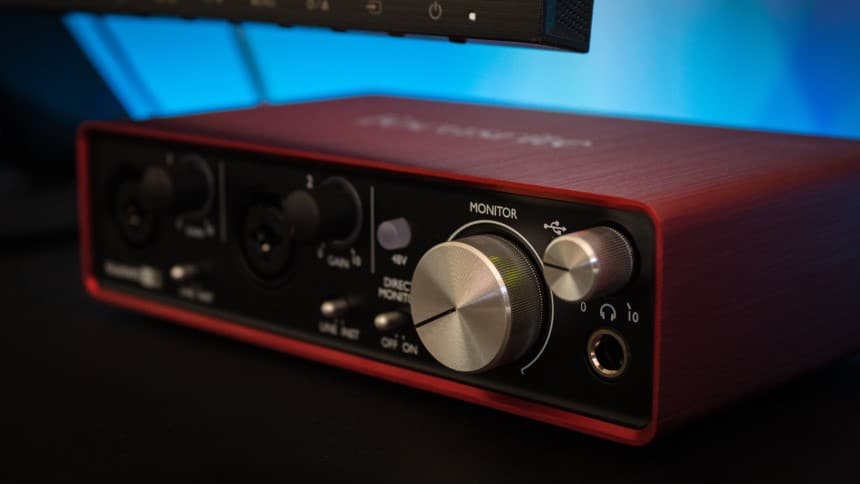
Warranty
Warranty is important as you can encounter problems during your use, especially if you intend to use the interface regularly. With a warranty, you can reach out for help from the manufacturer and even get repairs free of charge.
Accessories
Be sure to choose an audio interface that comes with several accessories like USB cables, MIDI and Mic cables to avoid out-of-the-pocket expenses.










